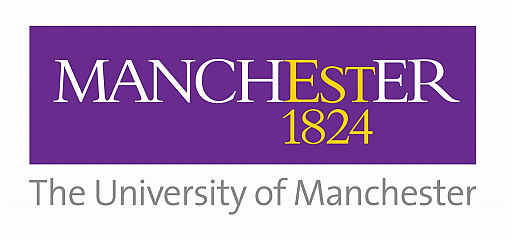Manchester-designed Arterial Sheath could improve surgical outcomes for patients with complex aortic aneurysms
A 3D-printed medical device made in Manchester could help improve surgical outcomes for patients with abdominal aortic aneurysm (AAA) – a potentially life-threatening condition in the body’s main blood vessel.
The prototype device, called an arterial sheath, was invented by a pair of vascular surgeons at Manchester University NHS Foundation Trust’s (MFT) Manchester Royal Infirmary (MRI) – Professor Ferdinand Serracino-Inglott, Consultant Vascular and Endovascular Surgeon at MFT’s Manchester Royal Infirmary (MRI), and Mr Kamran Khan, Senior Clinical Fellow in Vascular Surgery.

L-R: Professor Ferdinand Serracino-Inglott, Consultant Vascular and Endovascular Surgeon and Mr Kamran Khan, Senior Clinical Fellow in Vascular Surgery
MFT’s Innovation Team, along with product designers Lucid Group, have supported further development of the device which has recently received early stage funding from Manchester’s Oxford Road Corridor innovation district for further design and testing.
AAA is a bulge or swelling in the aorta – the main blood vessel which runs from the heart, through the chest and tummy. If not spotted early enough, it can get bigger over time and eventually burst – causing life-threatening internal bleeding.
Professor Serracino-Inglott said: “The condition is traditionally treated using a complex surgical procedure called Fenestrated Endovascular Aneurysm Repair (fEVAR). Here surgeons make a small cut or a puncture hole in the femoral artery located in the groin. This allows access to the aorta – the body’s main blood vessel – to insert a special graft, called a fenestrated stent graft, to repair the bulge.
“The complex procedure requires the use of special catheters and endovascular devices, to be inserted via a groin sheath and assembled inside the aorta to repair the aneurysm. When the aneurysm involves the blood vessels which supply the kidneys, liver, bowel and spinal cord, they often require more of these components, and surgeons must work quickly to insert the stents and assemble them to reduce blood loss during the procedure.
Current sheath devices only allow two components to be inserted safely at a time, any more components lead to significant blood loss whereas this new arterial sheath allows for multiple devices without blood loss – simplifying the procedure and increasing safety for patients.
Mr Khan added: “Abdominal aortic aneurysm is a potentially life-threatening condition if left untreated and is particularly common in men over 65 years. While men are invited for screening to detect the condition early, around 900 people in the UK undergo complex surgery to treat it each year.
This is a potentially life-saving innovation which, if adopted and rolled out across the NHS, could improve patient safety during surgery, reduce blood loss and therefore the time patients need to recover, and also reduce the number and cost of extra blood transfusions needed.
Dr Katherine Boylan, Head of Innovation at MFT, said:
“MFT is at the heart of the Oxford Road Corridor, meaning we can work closely with medical device companies and other organisations, to ensure patients have access to the latest innovations quicker.
“We’re really excited to be working with Lucid Group and other partners across the Corridor, to further refine the design and testing of the arterial sheath, and hopefully speed up its adoption across MFT and the wider NHS.”
Professor Jackie Oldham, Director of Strategic Initiatives, Oxford Road Corridor, said:
“This project is an excellent example of how partners on the Oxford Road Corridor are working together to address unmet healthcare needs – linking academic, clinical and commercial expertise to discover innovative solutions.”
The prototype device is manufactured using a special 3D printed plastic and has shown promise during initial lab testing. The team now hopes to secure further funding to put the sheath through further phases of testing across MFT, before advancing to trials involving patient surgeries.




